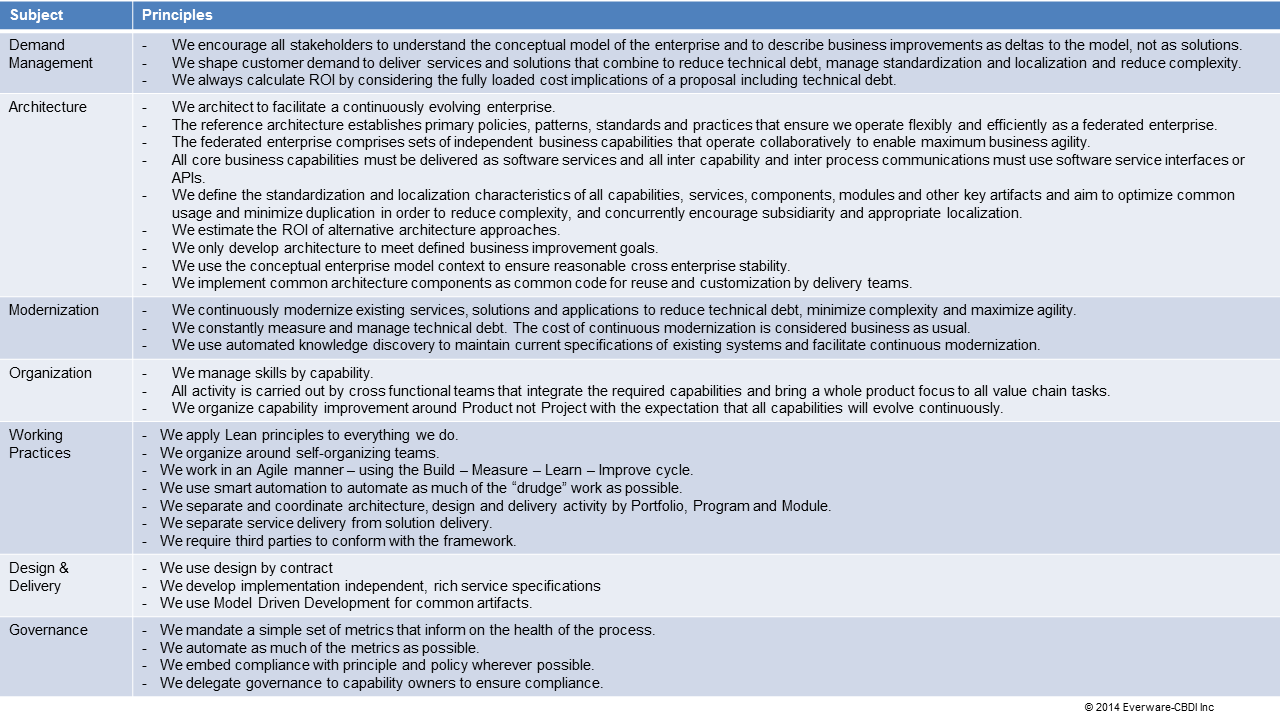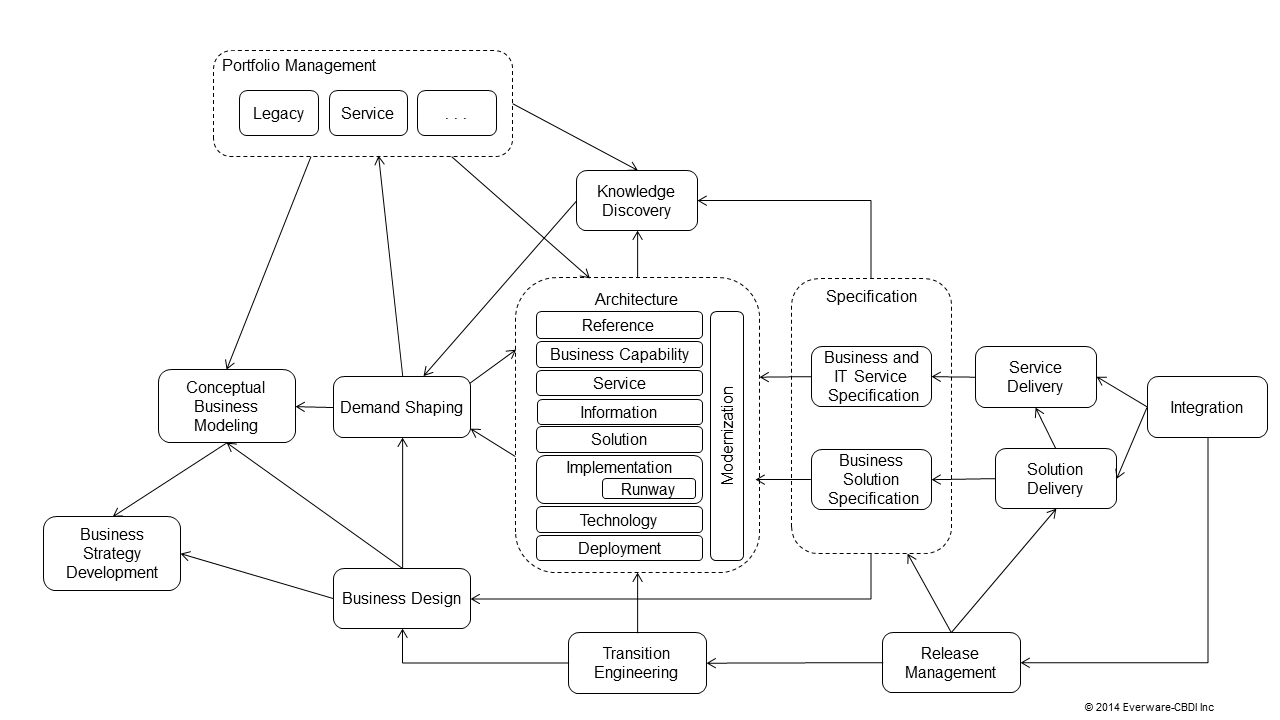We all know that Google lost a landmark legal case recently. As of now, a citizen of Europe has the “right to be forgotten” on the Internet. As of now, a citizen of Europe can ask Google to “forget” them, so that a search of their identity will not return embarrassing information from the past. This allows a person to live past a mistake. Your college indiscretion, and that time you were fired for photocopying your butt, or the time you got drunk and drove your car into a swamp and had to be rescued… all of that can “go away.”
However, this becomes much more difficult when we consider the emerging Internet of Things (IoT). In the Internet of Things, the “stuff” that you own can generate streams of data that do not remain within your control. That data is called “Information Property.” It is the information that YOU generate, in the things that you do. I believe that if YOU create a bit of information property, you should own it.
That information property, thousands of tiny bits of data about you or your activities, will wander out of your house, or your car, or your phone, to companies and governments running cloud-based data centers. That swarm of data surrounds you, and be used to profile you, track you, predict your actions, influence your choices, and limit your abilities to get “outside” the system. Most folks will not have any problem with this cloud of data. At least not at first.
Where we will first feel the pain of this cloud of data: when you want to be forgotten.
A parallel that does work
We have been dealing with “data about you” for a while. When you apply for a loan or a credit card, the information you submit becomes the property of your creditor, and they share that data with credit reporting agencies, along with your payment history, employment history, residential history, status of property ownership, and basically any other factor that finance companies feel would influence your likelihood to pay your debts. The US Federal Government has placed some controls on this data, but not many. Europe has placed entirely different controls. You have no right to be forgotten, but you do have the right to limit their memory to a decade. That allows you to “get past” a mistake or series of mistakes. But you are always “known.” However, a mistake can be forgotten.
This is a model we can use. Here is data, about you, outside your control, that get’s “forgotten” on a regular basis as it gets old. There is a possibility in the credit reporting world for being “forgotten” because the data is tied to you, personally. It is ALL personal data.
This is not (yet) true in the Internet of Things. If your car sends data to a smart roadway system, there is a great deal of information about where you go, and when, but under most circumstances, your identity is not tied to that data. It’s the identity of the CAR that is sent, but not the identity of the driver or passenger. That can be seen as an advantage, because it is tough to link that data to you, but it is possible, and therefore it will occur. You will be found. And when it does occur, you no longer have any easy mechanism to PROVE that the data from your car relates to you. This means that if any government creates a policy to allow you to be forgotten, the car data will not go away. You can’t CLAIM that data because it is not directly linked to you. You don’t own it.
Think this is a minor problem? After all, your city doesn’t have a smart roadway yet, and your car doesn’t send data, so this problem is a long way off, right? Wrong. If we don’t think of this now, privacy will be sacrificed, possibly for decades.
The environment of regulations sets the platform by which companies create their business models. If we create a world where you cannot claim your data, and you cannot manage your data, other people will start claiming your data, and making money. Once that happens, new regulations amount to government “taking money” from a company. The typical government response is to “grandfather” existing practices (or to protect them outright). No chance to change beyond a snail’s pace at that time.
A proposal
I propose a simple mechanism. Every time you purchase a device on the IoT, you insert an ID into the device. This ID is a globally unique ID (my tech friends call this a GUID) which is essentially a very large random number. You can pick up as many as you want over your lifetime, but I’d suggest getting a new one every month. A simple app can create the GUID and manage them. Every item you purchase during that month gets the ID for that month.
Every bit of data (or Information property) sent by the device to the swarm of companies that will collect and work with this data will get your GUID.
Note that your GUID allows those companies to link your data across devices (your phone, your car, your refrigerator, your ATM card, your medical record, etc). Is this allowed? Perhaps one government or another will say “no” but that control will be easily worked around, so let’s assume that you cannot control this. The thing I want to point out is that this kind of linkage is POSSIBLE now, it’s just more difficult. But difficulty is being overcome at a huge rate with the number of computing devices growing geometrically. Let’s assume that folks can do this NOW and that you will NEVER be able to control it.
Therefore inserting an ID is not giving up control. You don’t have it now.
But it is possible, with the ID, to TAKE control. You will be able to submit a request to a regulated data management company (a category that doesn’t yet exist, but it is possible), then those systems can identify all the data records with your ID, and delete them. Only if you can claim your data can you delete it. By inserting a GUID into your Internet-of-things, you have gained a right… the right to claim your data, and therefore delete it.
It will no longer be a choice of sending a single message to a single search firm like Google. The request to delete will have to go to a broker that will distribute the request, over time, to a swarm of data management companies, to remove data tagged with these IDs.
Some implications
Now, before anyone complains that a company, once they have data, will never let it go, I would submit that is nonsense. 90% of the value of information comes from samples of that data of less than 2% of the population. In fact, the vast majority of data will be useless, and plenty of companies will be looking for excuses to toss data into the virtual trash bin. If a customer asks to delete data, it costs a micro-cent to do it, but that data is probably clogging things up anyway.
Getting a company to spend the money will probably require regulations from large players like the EU, the USA, China, Japan, Brazil, and India.
The time to act is now
Now is the time to ask for these regulations, as the Internet of Things is just getting started. Companies that understand the ability to create and manage these IDs, and respond to the request to delete information, will have a leg up on their competition. Customers will trust these companies more, and the data will be more accurate for consumers of these data services.
You cannot delete “information property” until you can claim it. The ID is the claim.


 I was taken by surprise the other day when I looked at my calendar and saw that we are well into August; and before you know it summer will be over and autumn will be upon us. Immediately I started thinking about the ritual year-end strategic planning session that generally looms around now. I’m sure many of you know of what I speak.
I was taken by surprise the other day when I looked at my calendar and saw that we are well into August; and before you know it summer will be over and autumn will be upon us. Immediately I started thinking about the ritual year-end strategic planning session that generally looms around now. I’m sure many of you know of what I speak.

.jpg) In our last blog post,
In our last blog post, 

